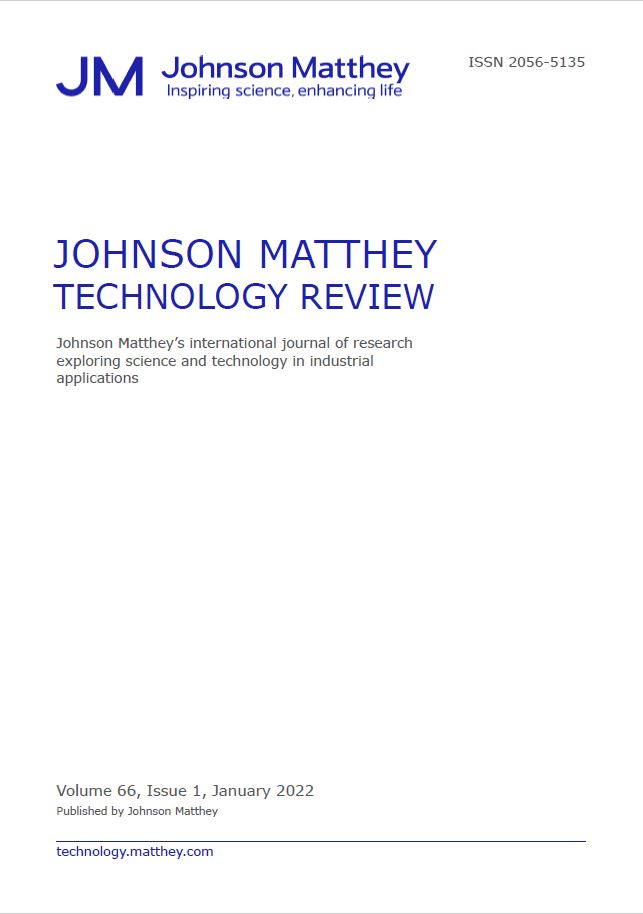-
oa Corrosion Testing for Risk Reduction in Chemical Process Development
Safe and reliable introduction of new process technologies
- Source: Johnson Matthey Technology Review, Volume 67, Issue 1, Jan 2023, p. 14 - 24
-
- 17 Feb 2022
- 21 Jun 2022
- 21 Jun 2022
Abstract
This work explores some of the key factors to consider in design and implementation of corrosion testing at a laboratory scale for the development of new chemical technologies in order that process technology scale-up risks, not least those of safety, can be minimised. This is to ensure safe and reliable introduction of new process technologies, while also pursuing the minimum capital cost of often expensive plant materials of construction (MoC). Laboratory-based corrosion testing should never be used exclusively to replace inspection and monitoring of corrosion in operating process plants, as real-world conditions are rarely possible to be wholly replicated in the laboratory. However, testing as initial screening, or to provide deeper mechanistic insights is often an essential part of the development and design of first-of-a-kind process technologies. Several methodologies to assess corrosion under highly aggressive conditions have been developed and applied in the development of new chemical processes and are demonstrated in two case studies outlined in this article. This work focuses on testing of materials in contact with corrosive fluids.


